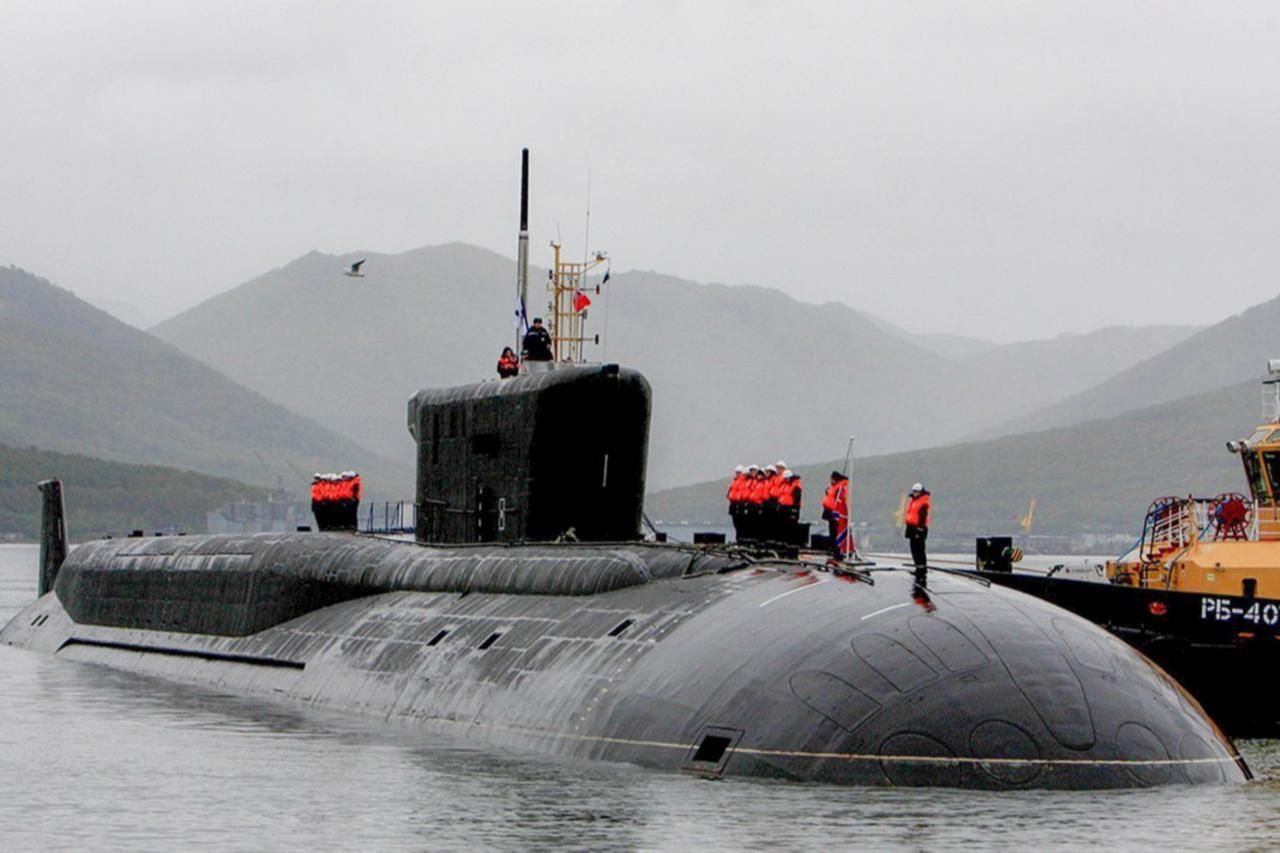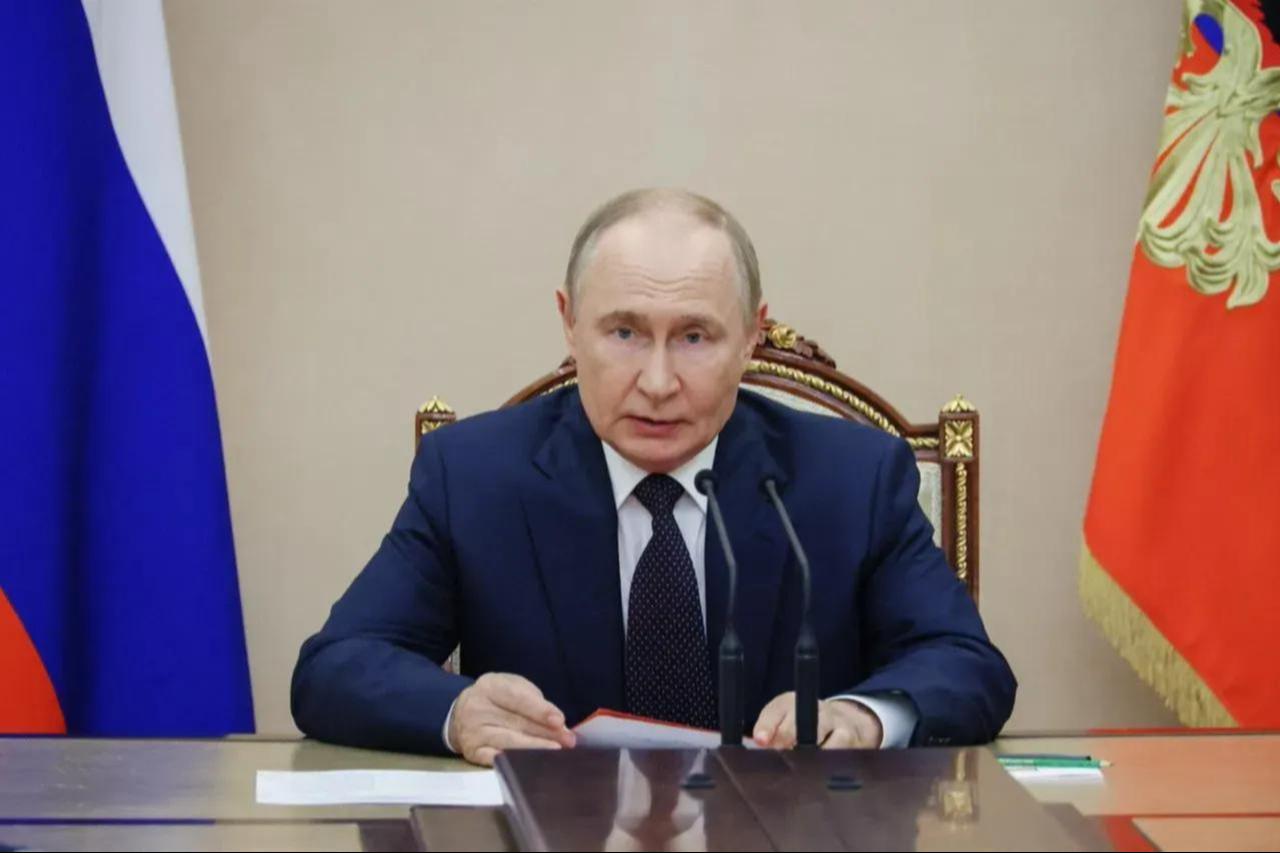
Russian President Vladimir Putin said Wednesday that Russia successfully tested its Poseidon nuclear-powered autonomous torpedo, calling it a major breakthrough in the country’s military capabilities.
Speaking while visiting Russian soldiers wounded in Ukraine at a hospital in Moscow, Putin said the test was conducted on Tuesday.
“For the first time, we managed not only to launch it with a launch engine from a carrier submarine, but also to launch the nuclear power unit on which this device passed a certain amount of time,” he said. “There is nothing like this. This is a huge success.”
Putin said Poseidon’s power “significantly exceeds” that of Russia’s Sarmat intercontinental ballistic missile, also known as Satan II. He described the test as another step in advancing Russia’s strategic deterrence, adding that “the Poseidon’s power exceeds even our most promising intercontinental-range missile.”
Poseidon, also known as Status-6 or Kanyon, is an autonomous, nuclear-powered, nuclear-armed torpedo capable of striking coastal cities and triggering radioactive ocean swells that could render them uninhabitable.
The weapon, estimated to have a range limited only by its nuclear reactor, represents a new class of undersea strategic systems outside the scope of current arms treaties.
The massive torpedo, reportedly around 20 meters long, can travel at high speeds and operate at extreme depths, making interception difficult with existing technology. It can target both coastal cities and naval assets, including aircraft carriers.
The Poseidon is expected to be carried by special submarines such as the Belgorod and the Khabarovsk, with up to six torpedoes each.

Russia has been reportedly testing the Poseidon system for several years, with development centered in Severodvinsk, a hub for advanced submarine construction. Satellite imagery from the area published by Maxar, including the Northern Dvina River and White Sea facilities, shows infrastructure expansion, including a new quay and buildings likely linked to Poseidon operations.
The special-purpose ship Akademik Aleksandrov has been observed at the site, reportedly carrying a Poseidon or related equipment.
The first Poseidon-carrying submarine, Belgorod (K-329), is undergoing sea trials and sonar calibration, while another, Khabarovsk, remains under construction. Up to four Poseidon-equipped submarines are expected to form part of Russia’s strategic deterrent in the coming years.
Putin has described both the Poseidon and the Burevestnik nuclear-powered cruise missile, tested earlier this month, as responses to the U.S. withdrawal from the 1972 Anti-Ballistic Missile Treaty and NATO’s missile defense expansion.
Since announcing these weapons in 2018, Russia has portrayed them as tools to maintain strategic parity.
Last week, Russia also conducted a nuclear launch drill. The Poseidon test marks the latest in a series of nuclear-capable weapon demonstrations aimed at reinforcing Moscow’s deterrence strategy amid ongoing tensions with the West.